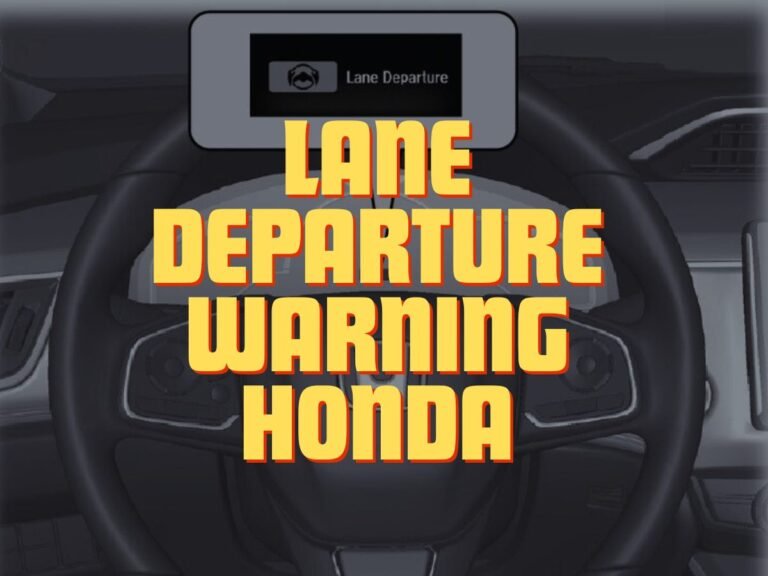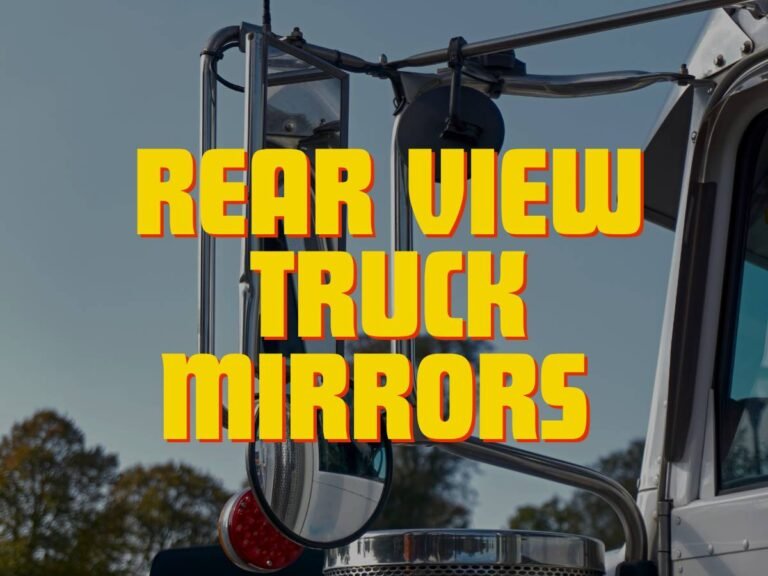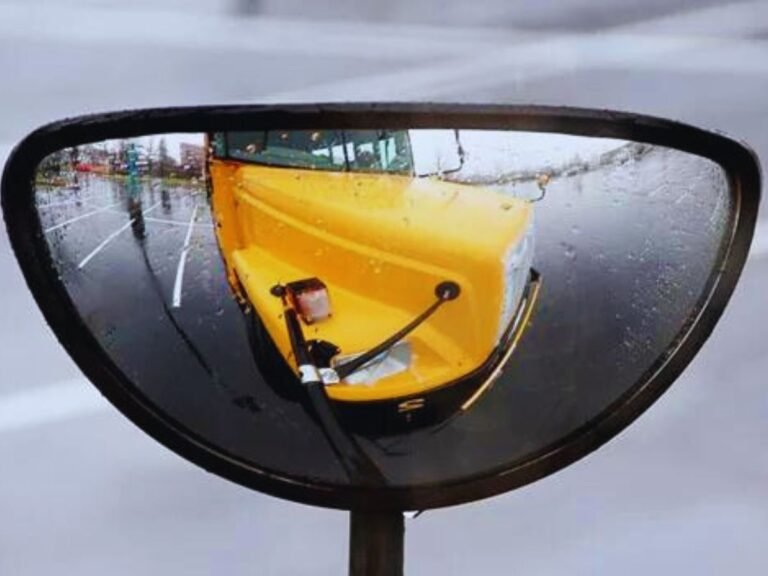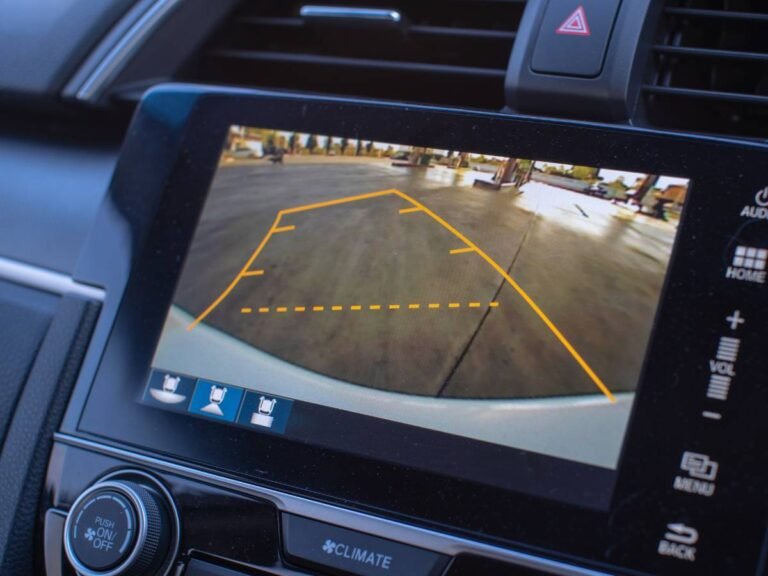Why Your Dodge Durango Blind Spot Monitoring Not Working
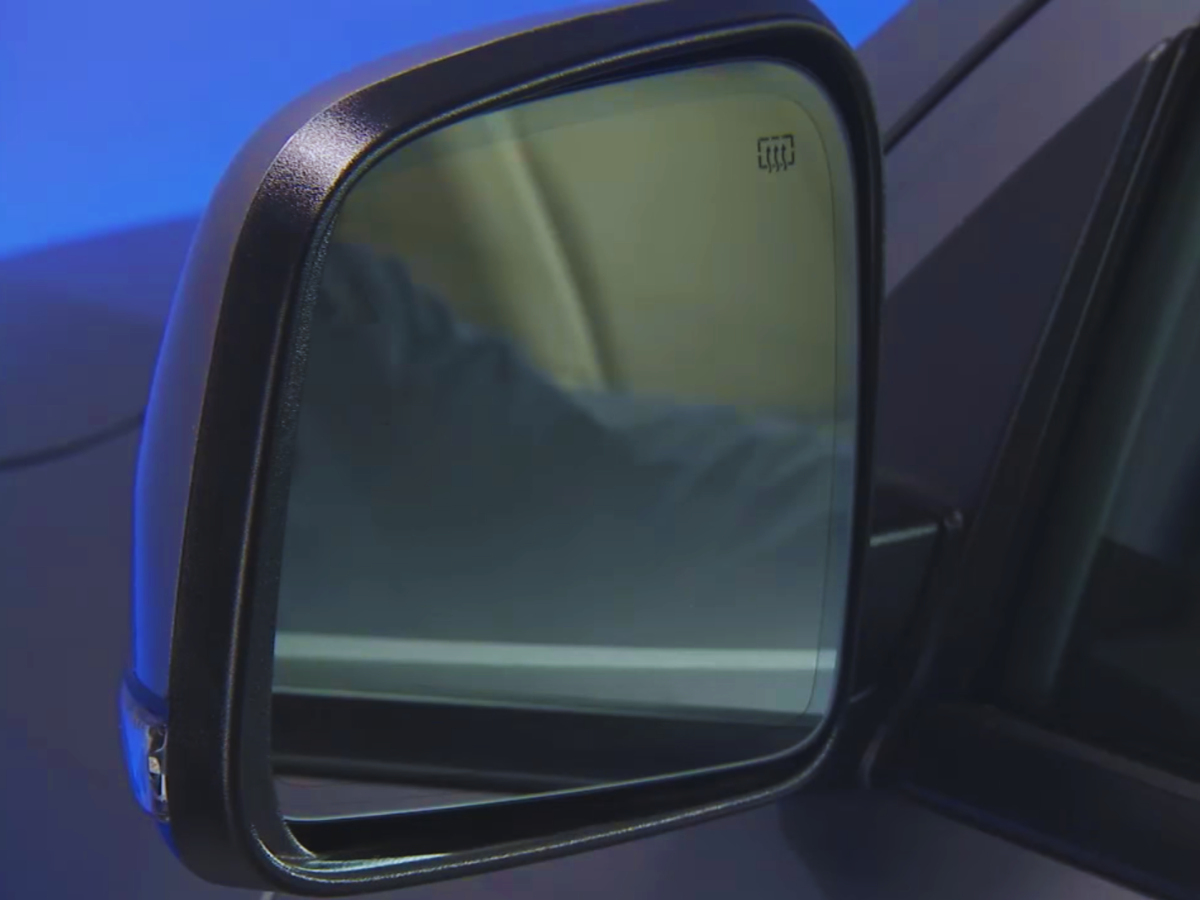
Blind spot monitoring systems are invaluable safety features in modern vehicles, including the Dodge Durango. They help drivers detect objects or vehicles in their blind spots, enhancing overall road safety.
However, if your Dodge Durango blind spot monitoring not working or the system isn’t functioning correctly, it can compromise your safety on the road. In this guide, we’ll delve into common reasons why your Durango’s blind spot monitoring may not be working and provide troubleshooting tips to address the issue effectively.
Understanding Blind Spot Monitoring
Before we delve into troubleshooting, let’s understand how blind spot monitoring works. Typically, these systems utilize sensors, often located on the rear bumper, to detect objects in the vehicle’s blind spots. When a vehicle enters the blind spot, the system alerts the driver through visual or audible warnings, depending on the vehicle’s settings.
Common Causes of Dodge Durango Blind Spot Monitoring Not Working
Here are some common causes that can lead to Dodge Durango blind spot monitoring not working,
1. Sensor Obstruction
Dirt, debris, or even snow buildup on the rear bumper-mounted BSM sensors can hinder their ability to detect objects. Regularly cleaning these sensors with a soft, dry cloth is essential for optimal performance.
2. Faulty Sensors
The BSM sensors are delicate electronic components and can malfunction over time due to internal electrical issues. Symptoms of faulty sensors include sporadic blind spot warnings or a complete lack of warnings when a vehicle is present.
3. Electrical Issues
Wiring problems, a blown fuse, or a malfunctioning BSM module could disrupt communication between the sensors and the system. A qualified mechanic can use diagnostic tools to pinpoint the exact electrical fault.
4. System Deactivation
Some Dodge Durango models allow temporary deactivation of the BSM system, typically via a button or switch on the dashboard. Double-check your owner’s manual to ensure it’s not accidentally disabled. While deactivating the BSM system for occasional towing or off-roading might be acceptable, it’s crucial to remember to reactivate it for everyday driving.
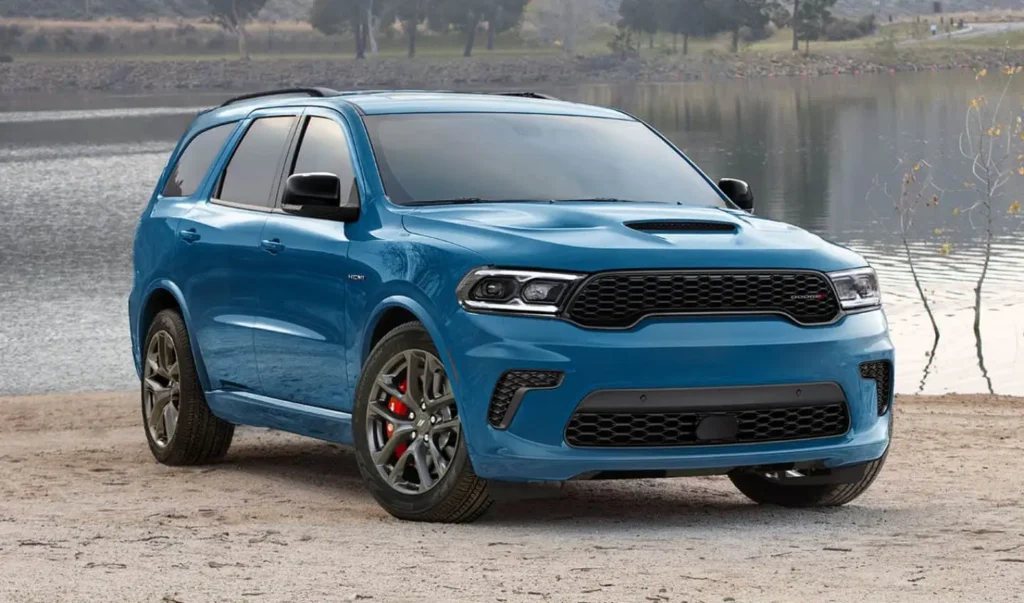
Troubleshooting Steps for Dodge Durango Blind Spot Monitoring Not Working
Now we know what the possible causes for Dodge Durango blind spot monitoring not working, here is how you can fix these issues:
1. Clean the BSM Sensors
Locate the BSM sensors on your Dodge Durango’s rear bumper. They are typically small, rectangular panels embedded near the corners. Use a soft, dry microfiber cloth to gently wipe away any dirt, debris, or grime that may be obstructing the sensors. Avoid using any harsh chemicals or applying excessive pressure, as this could damage the delicate sensors.
Here are some additional tips for cleaning the BSM sensors:
- If the sensors are greasy or oily, you can dampen the microfiber cloth with a small amount of clean water to help remove the residue. Be sure to wring out the cloth thoroughly so that it’s barely damp before wiping the sensors.
- You can also use compressed air to gently blow away any loose dirt or debris that may be lodged around the sensors.
2. Consult Your Owner’s Manual
Your Dodge Durango’s owner’s manual is a valuable resource for troubleshooting the BSM system. The manual will contain specific information for your model year, including:
- The location of the BSM system fuse (if applicable)
- Instructions on how to activate or deactivate the BSM system, if it has a manual override function
- Warning lights or messages that may indicate a problem with the BSM system By consulting your owner’s manual, you can rule out some simple causes of BSM malfunction and learn more about the specific features of your Durango’s system.
3. Schedule a Service Appointment
If cleaning the sensors and checking the system settings don’t resolve the issue, it’s best to schedule an appointment with a qualified mechanic. They can diagnose the problem using specialized tools and potentially replace faulty sensors or modules.
Additional Tips for Maintaining Your Dodge Durango’s BSM System
- Regular Car Washes: Include the rear bumper area during car washes to prevent dirt accumulation on the BSM sensors. Consider touchless car washes if you’re concerned about high-pressure water impacting the sensors.
- Avoid Aftermarket Modifications: Extensive aftermarket modifications around the rear bumper area could potentially interfere with the BSM sensors’ operation. For instance, large tow hooks, hitch-mounted cargo carriers, or non-standard bumper replacements could disrupt the radar waves emitted by the BSM sensors. If you’re considering any aftermarket additions near the rear bumper, consult with a qualified mechanic to ensure they won’t compromise the BSM system’s functionality.
- Parking Awareness: Be mindful of parking too close to curbs or walls, as this can place the BSM sensors at an oblique angle and reduce their effectiveness. Ideally, park in spaces that allow for a straight alignment between your Durango and the curb or wall.
- System Updates: While less common, some Dodge Durango models may receive software updates that can improve the BSM system’s performance. Check with your local Dodge dealership to see if any software updates are available for your specific vehicle.
Solutions for Dodge Durango Blind Spot Monitoring Not Turning On
If your Dodge Durango blind spot monitoring not turning on, here are some steps you can try before resorting to a mechanic:
1. Check for Deactivation
Some Dodge Durangos allow temporary BSM deactivation through a button or switch on the dashboard. Consult your owner’s manual to locate it and ensure it’s not accidentally disabled.
2. Sensor Cleaning
- Locate the BSM sensors on the rear bumper, typically small rectangular panels near the corners.
- Use a soft, dry microfiber cloth to gently remove dirt, debris, or grime.
- Avoid harsh chemicals or excessive pressure.
- For stubborn grime, dampen the cloth with a tiny amount of clean water, wring it thoroughly, and wipe gently.
- Consider compressed air to remove loose dirt around the sensors.
3. System Fuse Check (if applicable)
- Refer to your owner’s manual to see if your Durango’s BSM system has a dedicated fuse.
- If so, locate the fuse box (usually under the dashboard or in the engine compartment) and visually inspect the BSM fuse for damage.
- Consult the manual for fuse replacement instructions if necessary.
- Never replace a fuse with one of a different amperage rating.
Remember: These are preliminary checks. If cleaning, fuse inspection, and confirmation of system activation don’t solve the issue, a qualified mechanic is needed for proper diagnosis and repair. They have specialized tools to pinpoint electrical faults or faulty sensors requiring replacement.
Conclusion
A properly functioning blind spot monitoring system is crucial for safe driving, especially in larger vehicles like the Dodge Durango. By understanding the common issues that can affect these systems and following the troubleshooting tips provided in this guide, you can effectively address any problems with your Durango’s blind spot monitoring and ensure a safer driving experience on the road. If the issue persists despite your efforts, don’t hesitate to seek professional assistance to diagnose and repair the problem promptly.

